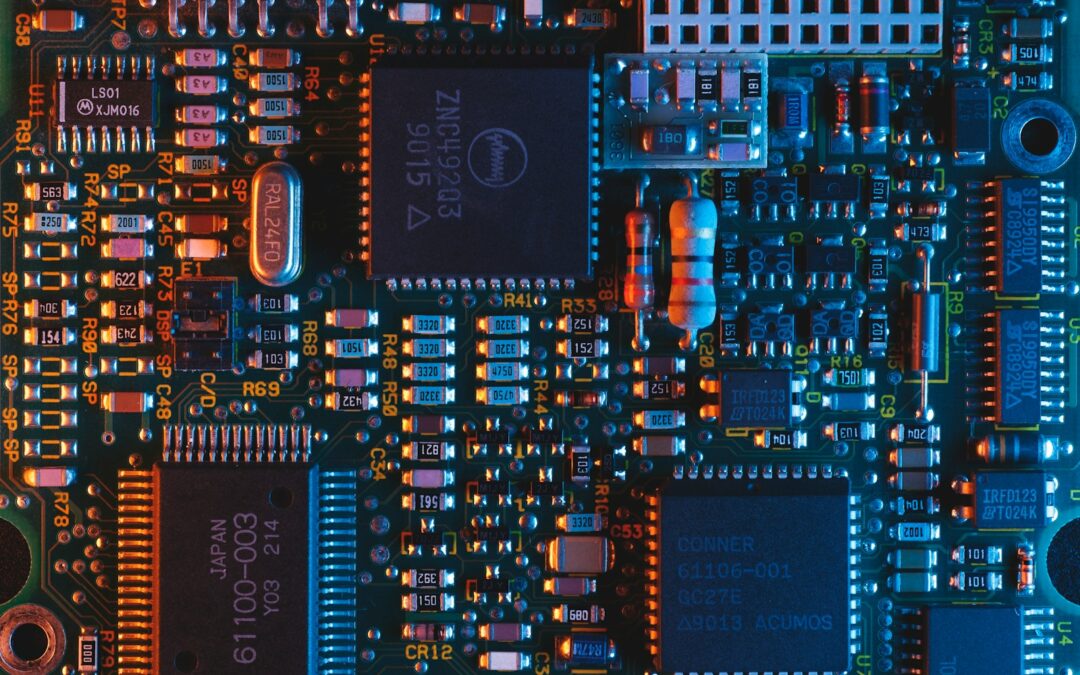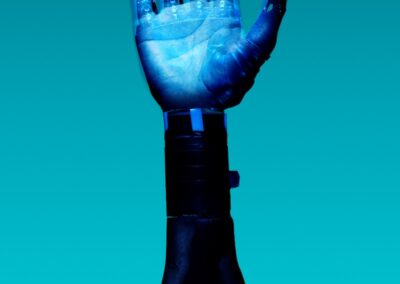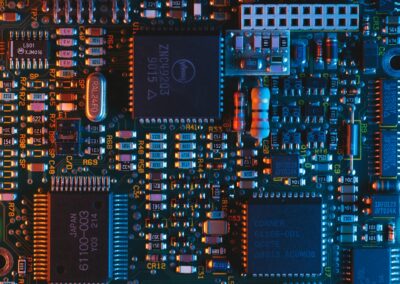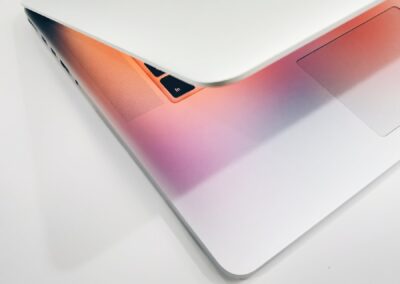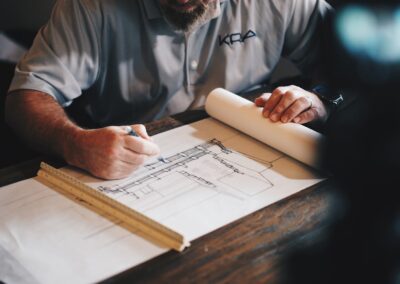Overcoming Obstacles and Leveraging Opportunities in Modern Construction
The Intersection of BIM and Digital Twin Technology
Integrating BIM with digital twin technology in the construction industry represents a paradigm shift in how construction projects are designed, managed, and executed. Building Information Modeling (BIM) offers detailed digital representations of physical structures, facilitating better planning and collaboration among stakeholders. Digital twins, on the other hand, provide dynamic, real-time simulations of physical entities, capturing data from IoT sensors to offer insights into performance and potential issues.
Combining these technologies offers unparalleled advantages in terms of efficiency, accuracy, and safety. In regions like Saudi Arabia and the UAE, where large-scale construction projects are continually underway, the integration of BIM and digital twins is pivotal. Cities such as Riyadh and Dubai are at the forefront of adopting these advanced technologies to enhance construction processes and outcomes. This integration enables better decision-making, reduces costs, and ensures projects are completed on time and within budget.
However, the integration of BIM and digital twins is not without challenges. These include data compatibility issues, the need for high initial investments, and the requirement for specialized skills and training. Addressing these challenges is crucial for the successful implementation of these technologies in the construction sector.
Challenges in Integrating BIM and Digital Twin Technology
One of the primary challenges in integrating BIM with digital twin technology is data compatibility. BIM and digital twins often use different data formats and standards, making it difficult to achieve seamless integration. This issue can lead to inconsistencies and errors in data transfer, affecting the accuracy and reliability of the digital twin.
In the UAE, several construction projects have faced challenges in harmonizing BIM and digital twin data. For instance, during the construction of the Dubai Creek Tower, project managers encountered difficulties in merging BIM data with real-time data from digital twin sensors. Addressing these data compatibility issues requires the development of standardized data protocols and interoperability frameworks.
Another significant challenge is the high initial investment required for integrating BIM and digital twin technology. The cost of acquiring the necessary hardware, software, and training can be prohibitive, particularly for smaller construction firms. In Saudi Arabia, some construction companies have struggled to justify the return on investment for integrating these technologies, despite the long-term benefits.
Additionally, the integration of BIM and digital twins requires specialized skills and training. Construction professionals need to be proficient in both BIM and digital twin technologies to leverage their full potential. This necessitates continuous education and training programs, which can be time-consuming and costly.
Solutions for Effective Integration
To overcome the challenges of integrating BIM with digital twin technology, the construction industry must adopt several key strategies. First, developing standardized data protocols and interoperability frameworks is essential. These standards will ensure that data from BIM and digital twins can be seamlessly integrated, reducing errors and improving accuracy.
In Dubai, the adoption of open data standards such as IFC (Industry Foundation Classes) has facilitated better integration of BIM and digital twin technologies. These standards enable different software platforms to communicate effectively, ensuring that data flows smoothly between BIM and digital twins.
Second, investing in scalable and cost-effective solutions can help mitigate the high initial investment required for integration. Cloud-based platforms, for example, offer scalable solutions that can be tailored to the specific needs of construction projects. These platforms reduce the need for extensive on-site hardware and offer flexible pricing models, making them more accessible to smaller firms.
In Riyadh, several construction projects have successfully implemented cloud-based BIM and digital twin platforms, significantly reducing costs and improving project outcomes. These platforms provide real-time data access and analytics, enabling construction managers to make informed decisions and address issues promptly.
Third, continuous education and training programs are crucial for equipping construction professionals with the skills needed to leverage BIM and digital twin technologies. These programs should focus on both technical skills and practical applications, ensuring that professionals can effectively integrate and utilize these technologies in their projects.
Saudi Arabia has made significant strides in this area by establishing training centers and partnerships with technology providers. These initiatives offer hands-on training and certification programs, helping construction professionals stay up-to-date with the latest advancements in BIM and digital twin technologies.
Future Prospects and Innovations
The future of integrating BIM with digital twin technology in the construction industry is promising, with ongoing innovations and advancements. One area of potential growth is the use of artificial intelligence (AI) and machine learning (ML) to enhance the capabilities of BIM and digital twins. AI and ML algorithms can analyze vast amounts of data, providing predictive insights and optimizing construction processes.
In the UAE, AI-driven digital twins are being developed to enhance project planning and execution. These advanced models can predict potential issues and suggest corrective actions, reducing delays and improving overall project efficiency. By leveraging AI and ML, construction managers can gain deeper insights into project performance and make data-driven decisions.
Additionally, the integration of augmented reality (AR) and virtual reality (VR) with BIM and digital twins offers new possibilities for immersive project visualization and collaboration. AR and VR technologies enable stakeholders to explore and interact with digital models in a realistic environment, improving communication and reducing misunderstandings.
In Saudi Arabia, AR and VR applications are being used to create virtual walkthroughs of construction sites, allowing stakeholders to visualize and experience projects before they are built. This immersive approach enhances collaboration and ensures that all parties have a clear understanding of project objectives and requirements.
Conclusion: Embracing the Future of Construction
In conclusion, integrating BIM with digital twin technology in the construction industry offers significant benefits in terms of efficiency, accuracy, and safety. While challenges such as data compatibility, high initial investment, and the need for specialized skills exist, they can be addressed through standardized data protocols, scalable solutions, and continuous education and training programs.
As Saudi Arabia and the UAE continue to invest in smart construction initiatives and advanced infrastructure projects, the integration of BIM and digital twins will be instrumental in achieving their goals. By embracing these cutting-edge technologies, construction managers can ensure safer, more efficient, and cost-effective project outcomes, paving the way for a smarter and more sustainable future in construction.
—
#DigitalTwins #BIMIntegration #SmartConstruction #ConstructionSafety #AIInConstruction #UAEConstruction #SaudiArabiaInfrastructure #RiyadhConstructionProjects #DubaiSmartCity

